Pediatrics
Comprehensive Child Healthcare & Specialized Treatment
- Overview and Definition
- Symptoms and Causes
- Diagnosis and Tests
- Treatment Options
- Prevention and Care
Pediatrics
Comprehensive Child Healthcare & Specialized Treatment
- Overview and Definition
- Symptoms and Causes
- Diagnosis and Tests
- Treatment Options
- Prevention and Care
Pediatrics provides specialized medical care for infants, children, and adolescents. Learn about routine screenings, vaccinations, and treatments.
Overview and definition
Pediatrics is the branch of medicine that deals with the health and medical care of infants, children, and adolescents from birth to age 18 (in some cases, 21). The word “pediatrics” means “healer of children,” derived from two Greek words: pais (child) and iatros (doctor, healer). A physician who specializes in this field is known as a pediatrician.
Pediatrics is fundamentally different from adult medicine. A child is not merely a miniature adult; they are a rapidly developing organism with unique physiological, metabolic, and psychological needs. Their bodies process medications differently, their immune systems are still learning to fight pathogens, and their symptoms often manifest differently than in adults.
The Scope of Pediatric Care
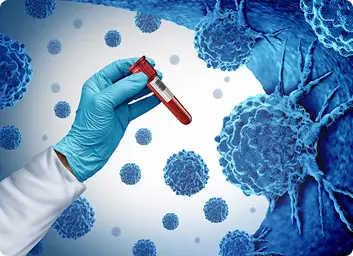
The primary goal of pediatrics is to reduce infant and child mortality, control the spread of infectious disease, promote healthy lifestyles, and help ease the problems of children and adolescents with chronic conditions.
Growth and Developmental Milestones
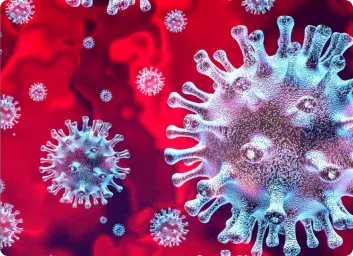
One of the defining features of pediatrics is the focus on growth and development. Pediatricians constantly assess whether a child is meeting specific “milestones” expected for their age group.
Pediatric Sub-Specialties
Just like adult medicine, pediatrics has branched into highly specialized fields to treat complex conditions:
- Neonatology: Care of newborn infants, particularly the ill or premature newborn.
- Pediatric Cardiology: Heart conditions in children, often congenital heart defects.
- Pediatric Surgery: Surgical interventions tailored to smaller anatomy and growing bodies.
- Pediatric Neurology: Disorders of the brain and nervous system, including epilepsy and cerebral palsy.
Pediatric Endocrinology: Hormonal issues, growth disorders, and Type 1 diabetes.
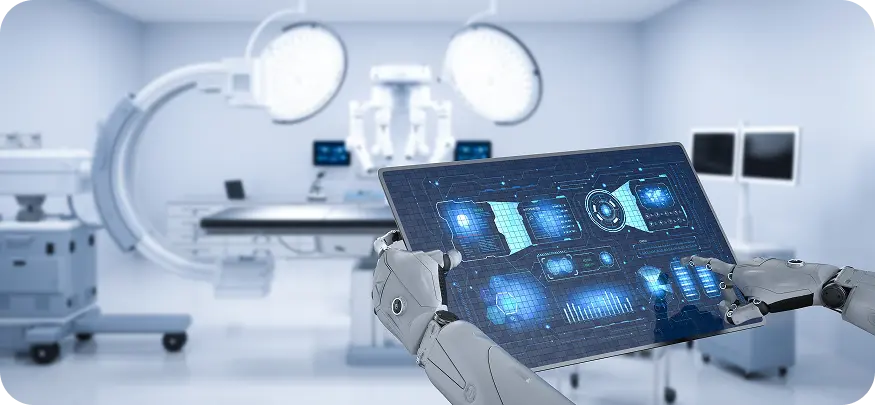
Symptoms and Causes
Children, especially infants and toddlers, often cannot articulate what they are feeling. They cannot say, “I have a sharp pain in my lower right abdomen.” Instead, they may cry, refuse to eat, or become lethargic. Therefore, recognizing symptoms in pediatrics requires keen observation and an understanding of how children express distress.
Common Symptoms and Warning Signs
Parents are often the first to notice subtle changes. While many childhood symptoms are benign and pass quickly, others function as “red flags” requiring immediate medical attention.
- Fever: A sign that the body is fighting an infection. While common, a fever in a newborn (under 3 months) is a medical emergency. In older children, the fever’s height is often less important than the child’s behavior (e.g., are they playing or unresponsive?).
- Respiratory Distress: Trouble breathing is a critical symptom. Signs include:
- Retractions: The skin sucking in between the ribs or at the neck.
- Nasal Flaring: Nostrils widening with each breath.
- Grunting: Making a noise when breathing out.
- Cyanosis: A bluish tint to the lips or skin.
- Gastrointestinal Symptoms:
- Vomiting and Diarrhea
- Abdominal Pain
- Skin Rashes:
- Viral Exanthems
- Petechiae/Purpura
- Behavioral Changes:
- Lethargy
- Irritability
Underlying Causes of Childhood Illness
The causes of pediatric disease are vast, but they generally fall into distinct categories.
- Infectious Diseases: Due to developing immune systems and close contact in schools/daycares, children are prone to infections.
- Viral: Influenza, RSV (Respiratory Syncytial Virus), Rotavirus, Common Cold.
- Bacterial: Strep throat, Pneumonia, Urinary Tract Infections (UTI), Meningitis.
- Congenital and Genetic Factors: Conditions present at birth.
- Chromosomal abnormalities: Down Syndrome (Trisomy 21).
- Single-gene disorders: Cystic Fibrosis, Sickle Cell Anemia.
- Structural defects: Cleft lip/palate, Congenital Heart Defects.
- Environmental and Lifestyle Factors:
- Allergies: Reactions to food (peanuts, milk), pollen, or pets.
- Asthma: Often triggered by environmental allergens or pollution.
- Nutrition: Malnutrition (lack of nutrients) or Obesity (excess calorie intake), both of which are growing global concerns.
- Trauma and Accidents: In older children and adolescents, unintentional injuries (falls, burns, sports injuries) are a leading cause of medical visits.
30
Years of
Excellence
Trusted Worldwide
Book a Free Certified Online
Doctor Consultation
- Overview and Definition
- Symptoms and Causes
- Diagnosis and Tests
- Treatment Options
- Prevention and Care
Table of Contents
We're Here to Help.
Get in Touch.
Send us all your questions or requests, and our expert team will assist you.

Diagnosis and Staging
Diagnosis in pediatrics is a blend of detective work, careful observation, and advanced technology adapted for small bodies. Unlike adult oncology, “staging” in general pediatrics typically refers to assessing the severity of an illness or tracking the stage of physical and pubertal development (Tanner Stages). At Liv Hospital, we emphasize a non-traumatic, child-friendly diagnostic pathway.
The Foundation of Diagnosis
The most powerful diagnostic tool in pediatrics is the routine check-up, often called the “Well-Child Visit.” This is a proactive approach where doctors look for problems before symptoms appear.
- Growth Charts: Plotting a child’s height, weight, and BMI on a percentile curve. A sudden drop across percentiles (dropping off the curve) is a diagnostic marker for “Failure to Thrive” or underlying chronic illness.
- Developmental Screening: Using standardized tests (like the ASQ) to verify if the child is meeting milestones in speech, movement, and social interaction. Early detection of delays allows for early intervention therapies (speech therapy, physical therapy).
- Physical Examination: Checking reflexes, listening to heart sounds (to detect murmurs), and examining the eyes and ears.
Pediatric-Specific Diagnostic Tools
Children require specialized equipment and protocols.
- Newborn Screening: A “heel stick” blood test performed within 24-48 hours of birth. It screens for rare but treatable genetic, metabolic, and hormonal disorders (like Phenylketonuria or Hypothyroidism) that could cause severe disability if not caught immediately.
- Pediatric Imaging:
- Ultrasound: The preferred imaging modality for children whenever possible because it uses no radiation. It is excellent for diagnosing pyloric stenosis, appendicitis, or hip dysplasia.
- Low-Dose X-Ray and CT: When radiation is necessary (e.g., for fractures), protocols are adjusted to “ALARA” (As Low As Reasonably Achievable) standards to protect growing tissues.
- MRI: Used for detailed brain or joint imaging. Because young children cannot stay still, this often requires pediatric sedation by specialized anesthesiologists.
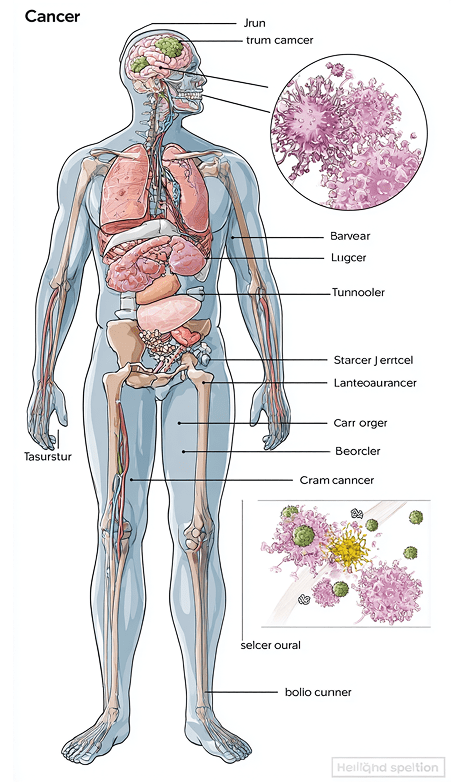
Laboratory Testing
Blood draws can be traumatic for children. Pediatric phlebotomists are trained to use distraction techniques and the smallest needles possible.
- Complete Blood Count (CBC): To check for anemia or infection.
- Bilirubin Levels: Used to diagnose jaundice in newborns.
- Rapid Tests: Quick swabs for Strep throat, Flu, or RSV to provide immediate answers in the clinic.
Your Treatment Journey
We understand that when you are focused on healing, clarity and comfort matter more than anything. For this reason, we have designed each stage of your experience from the first consultation and diagnosis through treatment, recovery and long term follow up to be as smooth and stress free as possible. Our dedicated patient navigators act as your personal companions throughout your treatment journey. They assist with scheduling, provide answers to your questions, help you understand each step and make sure that every aspect of your care is organised with precision.
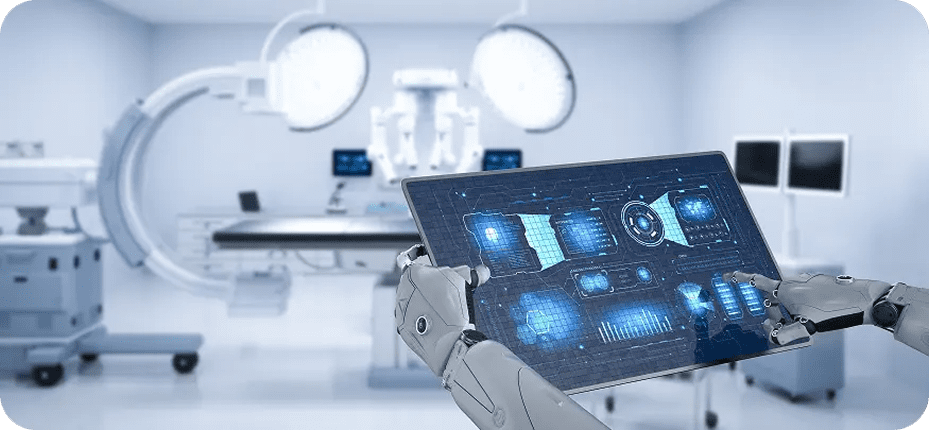
Treatment Details

Treating a child involves more than just adjusting a medicine’s dose. It requires considering the child’s ability to swallow pills, their metabolic rate, their emotional state, and the parents’ ability to administer care. Pediatric treatment strategies at Liv Hospital are holistic, aiming to cure the illness while minimizing fear and pain.
Pharmacotherapy: The Science of Pediatric Dosing
Medication safety is paramount in pediatrics.
- Weight-Based Dosing: Unlike adults who often receive standard doses (e.g., “500mg”), pediatric doses are calculated precisely based on the child’s weight (mg/kg). This requires careful calculation to avoid toxicity or underdosing.
- Formulations: Children often cannot swallow tablets. Pharmacies must provide medications in liquid suspensions, chewables, or suppositories. Flavoring is frequently added to improve compliance.
- Antibiotic Stewardship: Pediatricians are careful to prescribe antibiotics only for bacterial infections, not viral ones, to prevent the development of antibiotic-resistant superbugs and to protect the child’s microbiome.
Vaccination (Immunization)
Vaccines are the most successful public health intervention in history. They train the child’s immune system to recognize and fight deadly diseases.
- Routine Schedule: Administered from birth through adolescence, covering diseases like Hepatitis B, Polio, Measles, Mumps, Rubella, Pertussis (Whooping Cough), and Meningitis.
- Herd Immunity: By vaccinating the majority, we protect vulnerable children (like those with cancer) who cannot be vaccinated.
Pediatric Surgery
When surgery is required, it is performed by Pediatric Surgeons who specialize in the surgical care of children.
- Congenital Corrections: repairing defects present at birth, such as hernia repair, undescended testicles (orchiopexy), or cleft lip repair.
- Minimally Invasive Surgery (Laparoscopy): Using tiny cameras and instruments through small incisions. This is crucial for children as it reduces pain, scarring, and hospital stay duration.
- Anesthesia Safety: Pediatric anesthesiologists monitor the child’s airway and vitals with extreme precision, as children have lower oxygen reserves than adults.
The Medical Center

A hospital visit can be a terrifying experience for a child and a stressful one for a parent. At Liv Hospital, we have designed our Child Health Department to be a safe, comforting, and technologically advanced environment. We combine world-class medical expertise with a warm, family-centered approach, ensuring that your child receives the best possible care in an environment that feels less like a hospital and more like a place of healing.
Why Choose Liv Hospital for Pediatric Care?
We understand that children are the future. Our center is built around their specific needs.
- 24/7 Pediatric Emergency Department: Illnesses don’t follow business hours. We have dedicated pediatric emergency specialists available around the clock, separate from the adult ER, ensuring children are seen quickly in a calm environment.
- Child-Friendly Design: Our rooms, waiting areas, and examination suites feature colorful themes and play areas to reduce anxiety and make the medical experience as positive as possible.
- Family-Centered Care: We encourage parents to be active partners in the care team. We offer rooming-in options (allowing parents to sleep in the room) because we know a child heals best when their parents are close.
Specialized Units and Advanced Technology
We are equipped to handle everything from routine check-ups to critical care.
- Neonatal Intensive Care Unit (NICU): A Level III NICU equipped with advanced incubators and ventilators to care for premature babies and critically ill newborns. Our neonatologists are experts in “micropremie” care.
- Pediatric Intensive Care Unit (PICU): For older children requiring critical life support, cardiac monitoring, or post-surgical recovery.
- Advanced Imaging: We utilize low-dose radiation CT scanners and silent MRI machines (with video goggles) to make imaging faster and less scary for children.
The Multidisciplinary Team
Complex childhood conditions often require a village of experts. At Liv Hospital, our pediatricians work side by side with specialists.
- Collaborative Care: A child with a heart defect will be seen by a pediatric cardiologist, a pediatric surgeon, and a specialized nutritionist all in one place.
- Allied Health Support: Our team includes pediatric nurses, lactation consultants (for breastfeeding support), child psychologists, and physical therapists who specialize in developmental rehabilitation.
Your Journey Toward Healing

At Liv Hospital, we are dedicated to protecting your child’s health from their first breath through their transition to adulthood. We treat every child with the same tenderness and vigilance we would want for our own.
- Overview and Definition
- Symptoms and Causes
- Diagnosis and Tests
- Treatment Options
- Prevention and Care
Book a Free Certified Online
Doctor Consultation

FREQUENTLY ASKED QUESTIONS
I am item content. Click edit button to change this text. Lorem ipsum dolor sit amet, consectetur adipiscing elit. Ut elit tellus, luctus nec ullamcorper mattis, pulvinar dapibus leo.
I am item content. Click edit button to change this text. Lorem ipsum dolor sit amet, consectetur adipiscing elit. Ut elit tellus, luctus nec ullamcorper mattis, pulvinar dapibus leo.
I am item content. Click edit button to change this text. Lorem ipsum dolor sit amet, consectetur adipiscing elit. Ut elit tellus, luctus nec ullamcorper mattis, pulvinar dapibus leo.
I am item content. Click edit button to change this text. Lorem ipsum dolor sit amet, consectetur adipiscing elit. Ut elit tellus, luctus nec ullamcorper mattis, pulvinar dapibus leo.
I am item content. Click edit button to change this text. Lorem ipsum dolor sit amet, consectetur adipiscing elit. Ut elit tellus, luctus nec ullamcorper mattis, pulvinar dapibus leo.

RELATED VIDEOS
Understanding Your Cancer Diagnosis: A Beginner's Guide
This video breaks down the basics of a cancer diagnosis, explaining common terms, what to expect, and questions to ask your doctor. A gentle introduction for newly diagnosed patients.
Navigating Treatment Side Effects: Tips for Comfort
Learn practical strategies and expert advice on managing common side effects like fatigue, nausea, and pain during cancer treatment. Find ways to improve your daily comfort and well-being.
Life Beyond Cancer: Thriving in Survivorship
Explore the journey of cancer survivorship, focusing on emotional recovery, long-term health, and embracing a fulfilling life after treatment. Hear inspiring stories and expert insights.
Blog

What Is the Difference Between Malignant and Benign Tumors?
Last Updated on November 14, 2025 by Ugurkan Demir At Liv Hospital, we know that getting a tumor diagnosis can be scary. But, not all
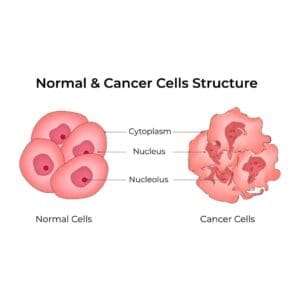
What Does a Cancer Tumor Look Like? Visual Differences Between Cancer Cells and Normal Cells Under a Microscope
Last Updated on November 14, 2025 by Ugurkan Demir Knowing how cancer cells look under a microscope is key for accurate diagnosis and treatment. At
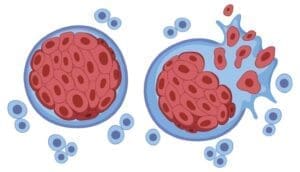
Can a Benign Tumor Become Malignant? Understanding When Tumors Turn Cancerous
Last Updated on November 14, 2025 by Ugurkan Demir At Liv Hospital, we know that the thought of having a tumor can be scary. Not